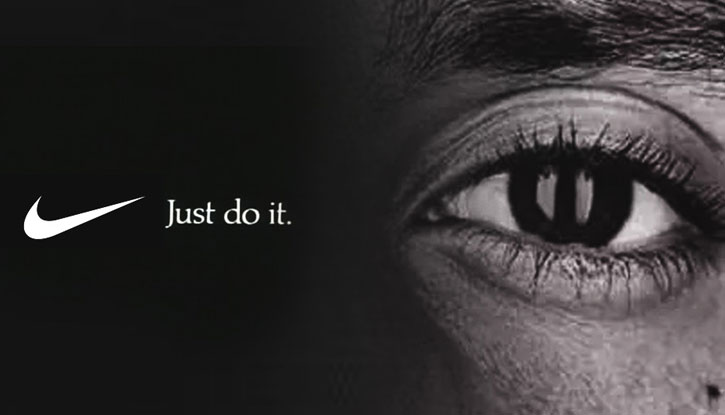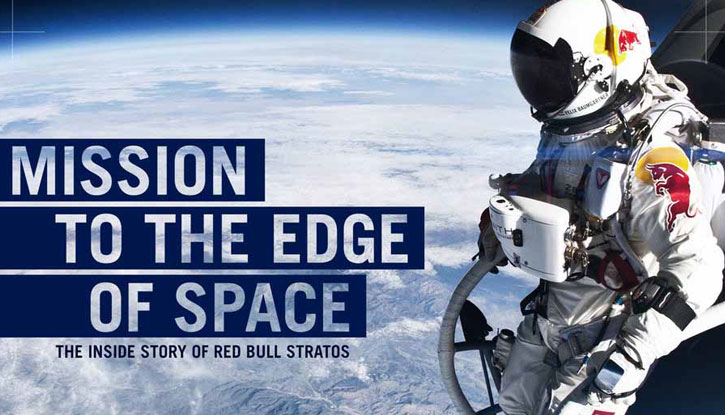People first
Marketing is about building bridges to the people, the people who are in the market, who shape it.
They, those who receive the messages, interpret them and decide, are people who are in a position to influence the purchase of our brand: product or service.
People…
I mention this first because we often use the abstraction “market” instead of “people”. The disadvantage of using the word market in our business analyses, or in strategic meetings, is that the market abstraction depersonalizes decisions.
People are a vast array of emotions, sensations and ideas. We are complex and fascinating psychological beings.
Marketing directed to people
The above serves to underline an essential point in marketing: in order to have a greater impact on more people, there must be a harmonious coordination between the brand’s strategic fundamentals, its written and graphic messages, as well as the media used.
There are brands that have done magnificently, such as:
Nike in the “Just Do It” campaign (click to video):
Or Red Bull’s “Stratos” campaign (click to video):
They are not memorable because of the investment in production, but because of the coherence they achieved by producing their strategic precepts exceptionally well with the brand’s personality and publishing them on the right platforms.
And it is a great achievement.
Now, the reader might say: “Those brands have a lot of money”. And they would be right.
But we must consider that there have also been disastrous campaigns with great resources.
Money is a factor, which integrated with a clear strategic thinking and a unique creative capacity can develop great brands, and large markets, integrated by many people of course.
A disastrous campaign
LG, upon launching its LG V60 ThingQ dual-screen phone model, posted a tasteless video on Tik Tok in which an elderly man with his new LG phone takes compromising pictures of a young girl.
There are times when creativity does not fit the business objectives, in fact, it produces the opposite effects.
Why is that?
Because of its lack of coordination between the strategic approaches of the project and the metaphorical translation into graphics, images, words or meanings. And the results are counterproductive.
Creativity must be adjusted to a space where, based on the brand’s value proposition and its essential features and with the objective of attracting attention and convincing an audience that has particular characteristics of how it sees the world and behaves, it generates an attractive and convincing communication system.
Just as Coca-Cola has done for a long time. Coca-Cola is a brand with a conservative and familiar character, which has managed to appeal to a wide range of consumers around the world.
And to achieve this, the brand has generated great campaigns, the ones we all remember, the teddy bears, the trucks and trains at Christmas, the songs: “I wish the world I…”.
The great challenge
Seth Godin is a world-renowned marketing specialist and author, and he wrote a book called “Meatball ice cream, your marketing is out of sync”, where exactly from the title he challenges the reader to reflect on whether what they are doing in marketing is consistent: Just because a meatball is spherical doesn’t make it a snowball.
And there are company managers who do not see it, indeed, they are proud of their creation, without realizing that by implementing it, they may not only lose people’s valuable attention, but, on the contrary, gain their animosity.
Conclusion
A coherent system, from the business model, to the branding system, to marketing and advertising, increases the chances of reaching a larger market, or making a successful product launch.
This is because consistency between what you are and what you communicate does not generate conflicts in the experience of people, the consumers.
Investing quality time in conceptualizing a brand and its marketing, traditional, digital and advertising systems will have positive effects that will be noticeable both within the company and externally in its crowded marketplace.










